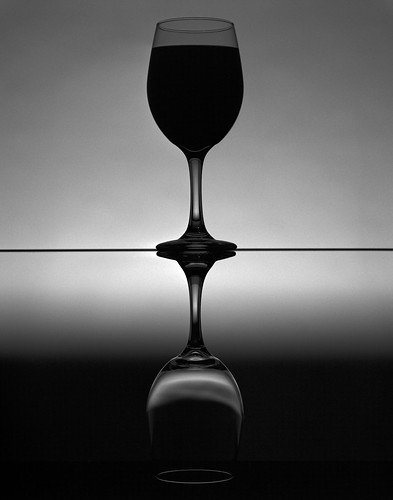Well of course not. By the same token, film doesn't react the same way to light as (other) film either.
Digital preserves so much shadow detail it's not funny, but loses the highlights in a blink. Neg film is the opposite. Slides will lose both ends if you're not paying attention.
I have found that a DSLR in spot-meter mode reads basically the same as a handheld spotmeter, in that its concept of what tone should be at Zone V is the same. So you can use it just like a normal spotmeter if you know what you're doing - measure the shadows, measure the highlights, etc, etc. Just like that blogger posted in an article a few weeks ago, for which he was shredded on APUG with little good reason - a spotmeter is a spotmeter, and it doesn't matter whether it's handheld, in a film SLR or in a DSLR, they all take the same readings.
I too have been guilty of doing digital proofs of flash-lit scenes before committing to film and it does work, but you do have to be aware of the differences in media, in the same way you wouldn't shoot a proof of a scene with a neg and then expect the same result when reshot with a chrome. I read somewhere that polaroids should be depended on only to tell you how the light fits together in a scene but that they should never ever ever be relied upon for contrast or level information: you still need to know how to meter. Having it look right on the polaroid is a guarantee it won't look right on the final shot, and the same advice applies to digital proofs in my experience.









